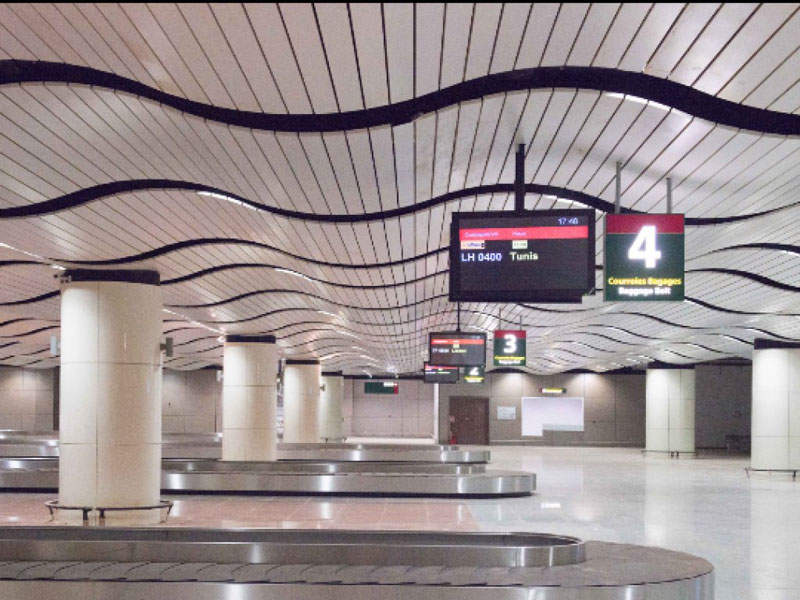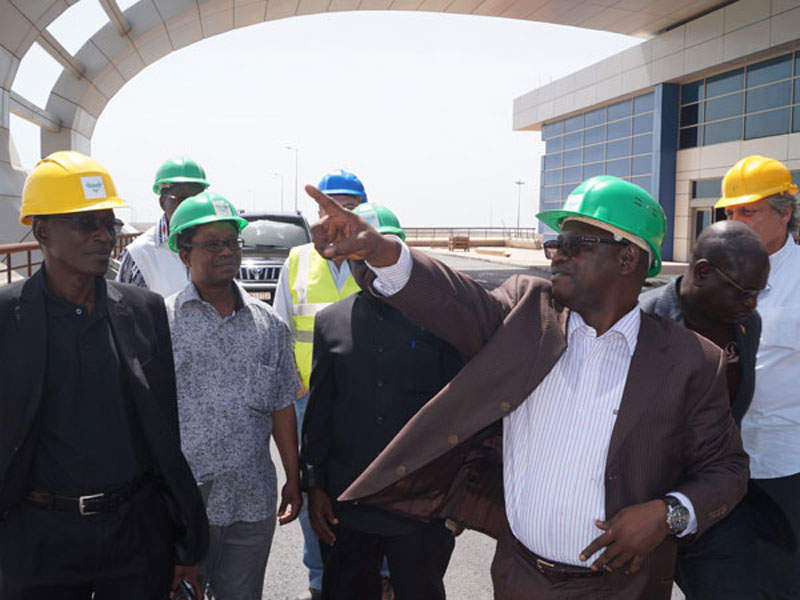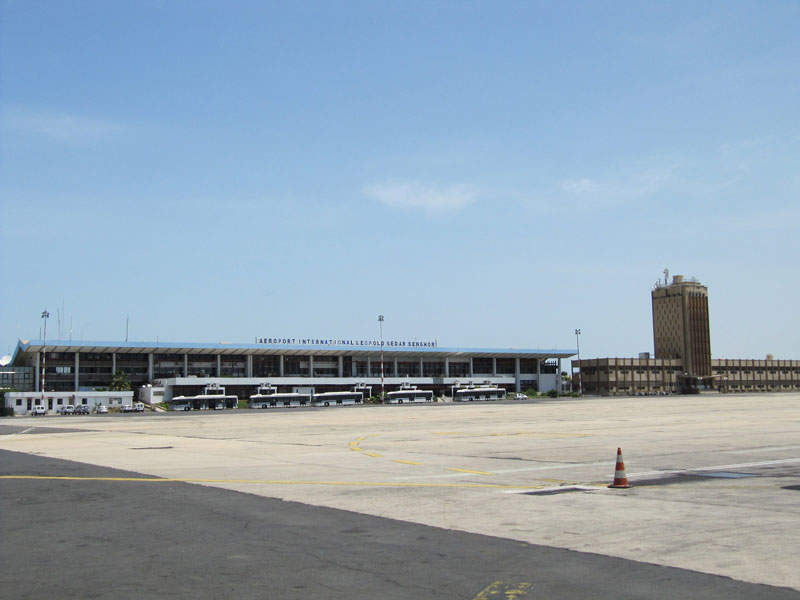Blaise Diagne International Airport (AIBD) is a new international airport in Dakar, the capital city of Senegal.
The site is developed on 4,500ha of land in Ndiass village, approximately 50km south-east of Dakar city. It is owned by the Government of Senegal.
The airport’s construction initially began in April 2007. German company Fraport won a contract in 2007 to operate the airport, in collaboration with an international consortium, for a period of 25 years.
However, Fraport withdrew the concession contract in 2015 following a halt in construction for several months, which was caused by a financial dispute between the government and construction contractor Saudi Bin Laden Group.
A consortium formed by Turkish firms Limak and Summa subsequently won a contract to complete the construction works under a subcontract from Saudi Bin Laden Group in April 2016. The consortium also agreed to operate the airport for a 25-year period.
Work on the development was finally resumed in November 2016 and the airport was commissioned in December 2017.
Purpose of the new airport in Dakar
The new airport is intended to replace the old Léopold Sédar Senghor International Airport (AILSS) in Yoff town, Dakar.
AILSS handled approximately two million passengers in 2015 and features inadequate capacity to cater to the growing domestic and international air traffic requirements of the Dakar region.
Details of Blaise Diagne International Airport
Blaise Diagne International Airport is developed in two phases with an investment of approximately $575m. Phase one of the project is covered in an area of 2,600ha.
The airport features a 42,000m² passenger terminal building with six gates and six remote stands. The terminal has two levels, one for arrivals and the other for departures.
It has the capacity to accommodate up to three million passengers a year in the first phase, while the second phase will increase the site’s capacity to ten million a year by 2035.
AIBD also has the capacity to handle 50,000t of cargo and 80,000 aircraft movements annually. It has three duty-free shops run by Lagardère Travel Retail.
A 12,800m² cargo terminal building is constructed to the south-west of the runway to accommodate freight, which incorporates a number of storage areas, freezers, office facilities and electromechanical service areas.
An air traffic control tower and a technical facility is located to the east of the passenger terminal, while a 4,600m² presidential pavilion is added to the north side.
The airport also features a Hajj terminal, a parallel taxiway system, airport access routes, 60km of internal roads, and various other support facilities.
A second passenger terminal building and an additional 3.5km-long, 75m-wide second runway are planned for development at a later date.
Apron and runways at Blaise Diagne airport
The airport features a single 3.5km-long, 75m-wide runway with accompanying traffic lanes.
The apron area is designed to house up to 50 aircraft, including 26 large aircraft such as Airbus A380 and 18 general aviation aircraft, as well as six small and medium-sized aircraft such as Airbus A320.
A 9,350m² aircraft hangar is built in order to house large aircraft for freight and cargo services.
Parking
The airport’s parking facility accommodates up to 820 vehicles, including 700 cars, 60 buses and 60 taxis.
Financing for Blaise Diagne International Airport
The AIBD project is funded via loans from a number of banks such as the African Development Bank Group (AfDB), which approved a €70m ($82.14m) loan in December 2010.
The Islamic Development Bank provided $117.3m for the development, while the West African Development Bank offered $30m in funding.
Additionally, the Saudi Fund for Development agreed to provide a $100m loan and l’Agence Francaise du Développement contributed $117.3m.
Canada’s ICF Bank and South Africa’s Industrial Development Corporation (IDC) also supplied loan funding for the project.
AfDB acted as co-arranger for AFD, BOAD, ICF and IDC, while the Islamic Development Bank acted as arranger for the three Islamic lenders.
The debt is due to be repaid using fees collected through an Airport Infrastructure Development Charge (RDIA).
Contractors involved with the new international airport in Dakar
The Senegalese Government created Aéroport International Blaise Diagne to design, develop, build and finance the new international airport in February 2006.
Saudi Bin Laden Group and design firm Dar Al-Handasah Turner-CDE were selected by the Government of Senegal to design and built the airport facility.
DP World won a contract to build a logistics-free zone at the airport in October 2015. Burns & McDonnell was selected to design a variety of IT, data, communications and security systems for the airport.
UK-based company Areen was contracted to provide interior design and procurement services for the development.






